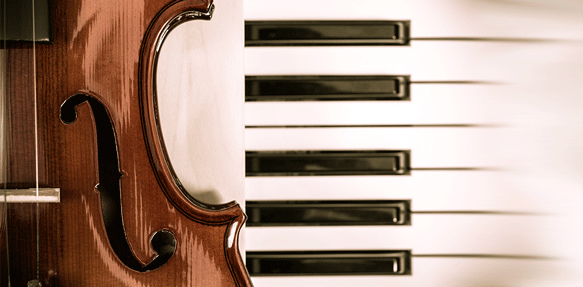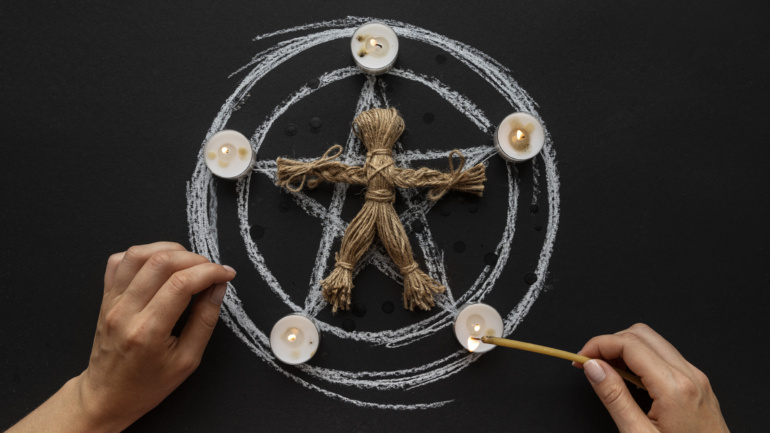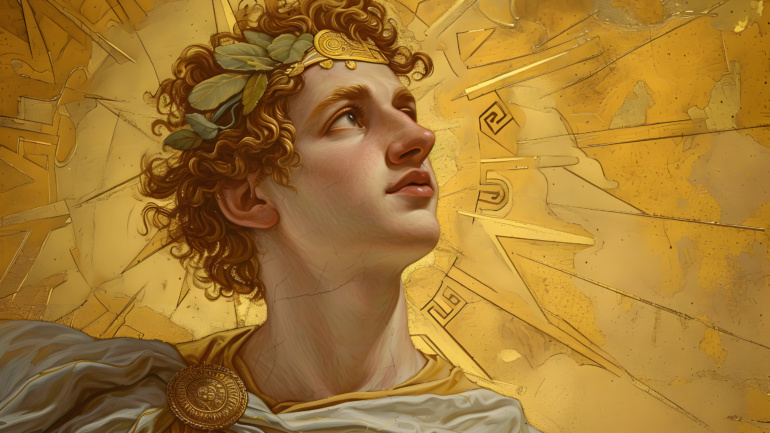In the last lesson, we talked about the “Father of the Concerto.” Today, let’s explore the “Father of the Sonata” — Domenico Scarlatti.
Domenico Scarlatti — The Father of the Sonata
- Domenico Scarlatti (1685–1757) is known as the “Father of the Sonata” and is regarded as a pioneer of the sonata form. Throughout his life, he composed a vast number of works that had a profound influence on music history. His extensive compositions solidified his status in the world of classical music. Scarlatti’s music embodies the elegance of Italian melodies and rich harmonies, making him a quintessential figure in keyboard music. His works remain essential repertoire for performers to this day.
- Scarlatti, whose full name was Domenico Scarlatti, was born in Naples. His father, Alessandro Scarlatti, was also a well-known composer. To distinguish between the two, they are often referred to as D. Scarlatti and A. Scarlatti. Domenico Scarlatti served as a music teacher for the Princess of Portugal. When she later became the Queen of Spain, Scarlatti followed her to Spain and served the Spanish royal court for many years.
- Scarlatti earned the title “Father of the Sonata” largely because of the sheer number of sonatas he wrote — a staggering 555 have been catalogued and preserved. In comparison, Beethoven composed only 32 piano sonatas, Mozart 18, and later masters like Brahms, Schumann, and Chopin wrote even fewer, often just a handful. Scarlatti’s high output was largely due to his role as a court composer and music tutor. To help his student, the princess, improve her skills, he regularly composed new pieces as practice material — essentially musical homework.
- Scarlatti not only created the sonata as a genre, but he also laid the foundation for the sonata form as a compositional structure. These are two different concepts: the sonata (genre) refers to the type of piece, like an essay, travelogue, or novel in literature — it describes the overall structure. Sonata form, on the other hand, is like the internal writing technique — chronological, flashback, or inserted narrative — it refers to how the music is developed and organized within a movement.
- In Scarlatti’s work, the sonata genre and sonata form are united. His sonatas typically consisted of only one movement, and this movement followed what later became recognized as sonata form. In later periods, sonatas evolved to have multiple movements, with only the first movement usually structured in sonata form.
- Scarlatti’s sonata form generally includes three main sections: exposition, development, and recapitulation. These can be likened to an argumentative essay:
- Exposition presents the main theme or musical ideas (the thesis);
- Development elaborates and varies the themes (the supporting arguments);
- Recapitulation returns to and reaffirms the main theme (the conclusion).
Scarlatti’s sonatas rigorously followed this three-part structure.
- Although sonata form was invented by the Italian Scarlatti, it was the German-Austrian composers who truly developed and expanded it. The reason lies in the logical and disciplined nature of sonata form, which resonated deeply with the German-Austrian musical tradition known for its structural rigor. In contrast, Italian composers tended to favor the expressive, melodic freedom of opera.
- Many of Scarlatti’s sonatas remain widely performed and celebrated even today. Back in his time, keyboard instruments were still underdeveloped, and their technical potential had yet to be fully explored. Instruments like the harpsichord lacked dynamic range and sustain, limiting the expressive capabilities. Thus, modern musicians performing Scarlatti’s works must creatively reinterpret them, infusing them with expression and sonic depth that the original instruments couldn’t achieve. This makes playing Scarlatti today both a challenge and a rewarding artistic endeavor.
Tip
A Common Misconception About the Violin Sonata
We often hear the term “violin sonata,” and it’s easy to assume that it refers to a sonata written exclusively for the violin. However, this is actually a misunderstanding caused by translation. The original term is “Sonata for violin and klavier,” where “klavier” means piano.
A more accurate translation would be “Sonata for Violin and Piano.” In these compositions, the violin and piano parts are generally balanced and of equal importance — neither is subordinate to the other.



